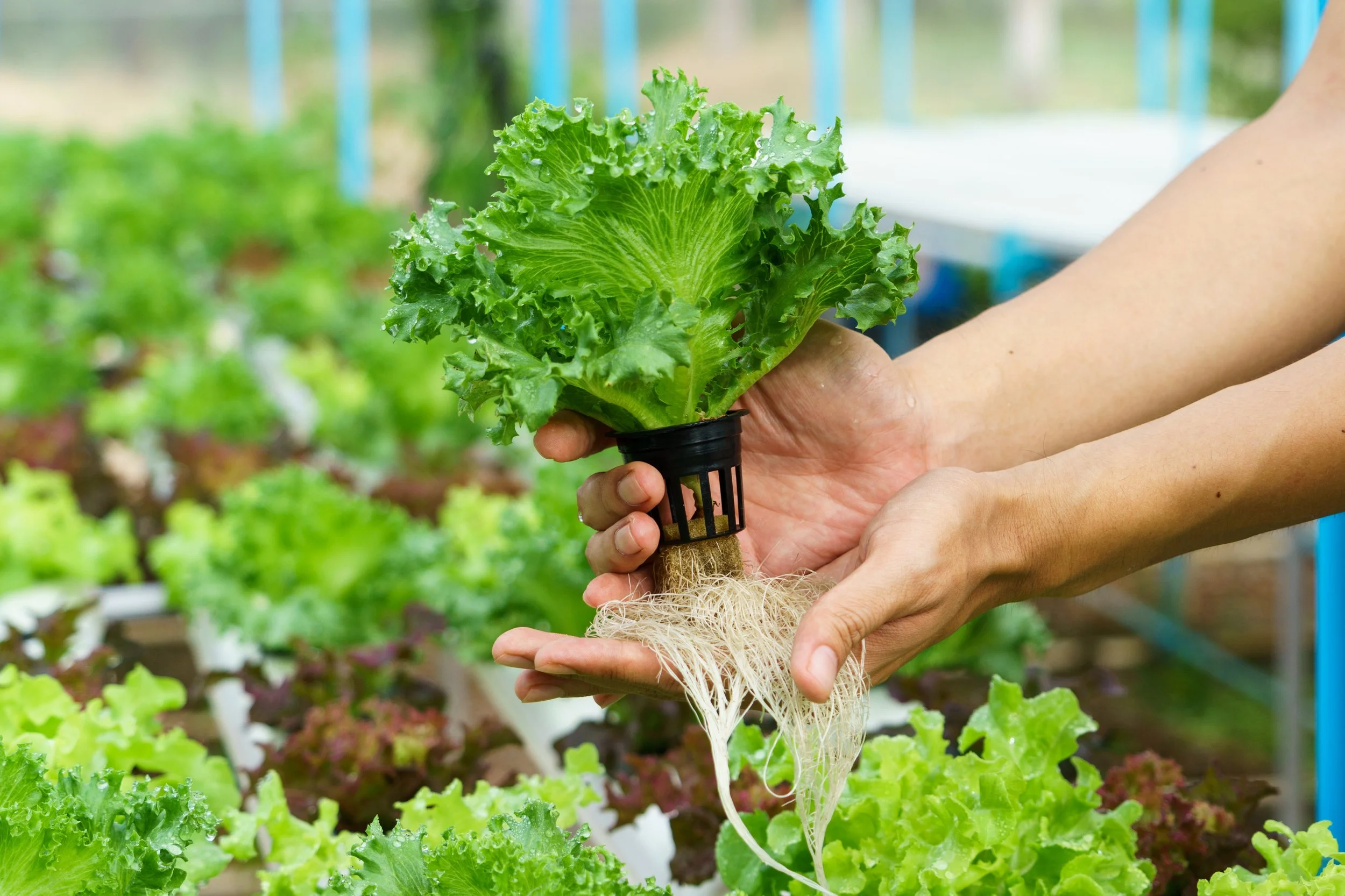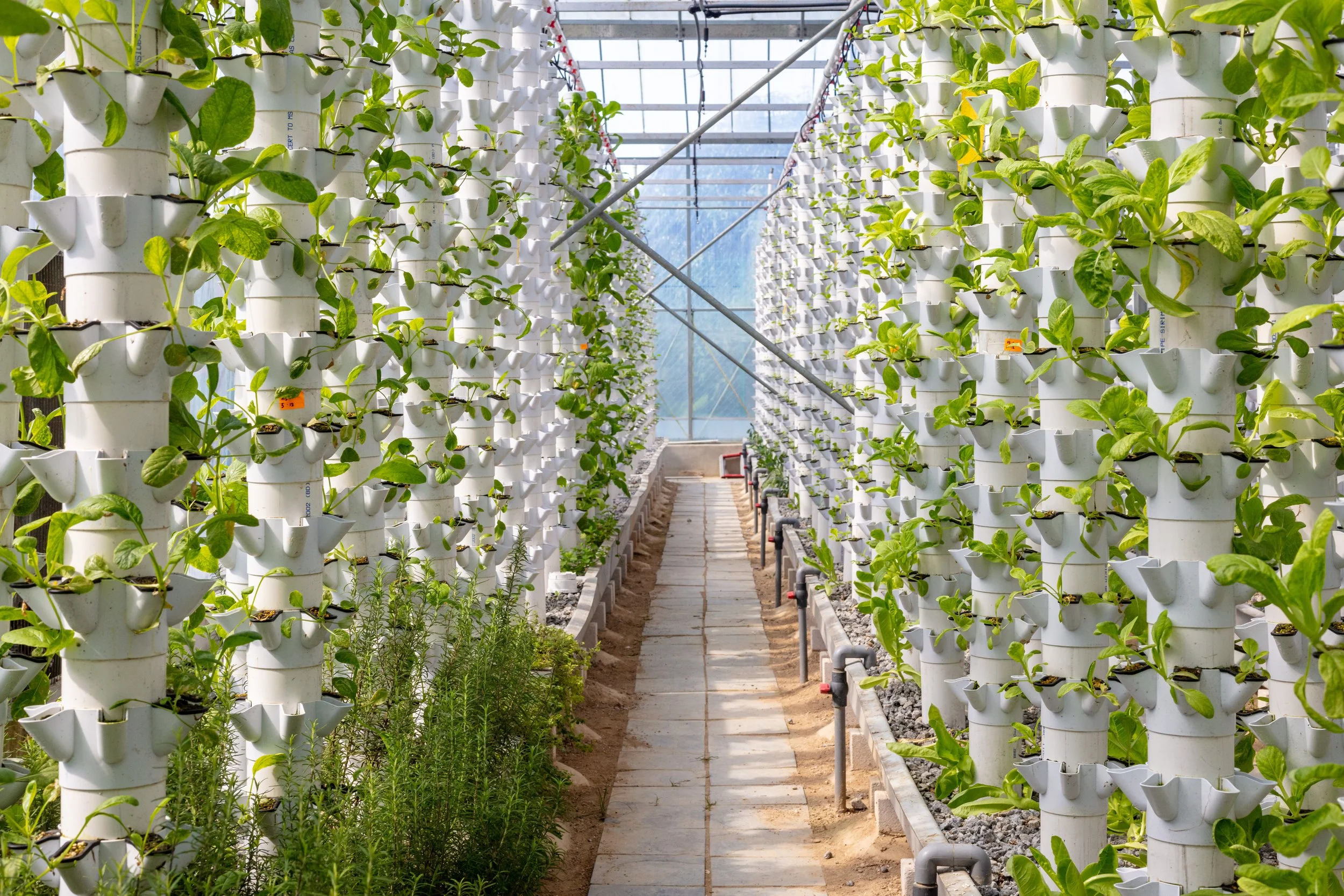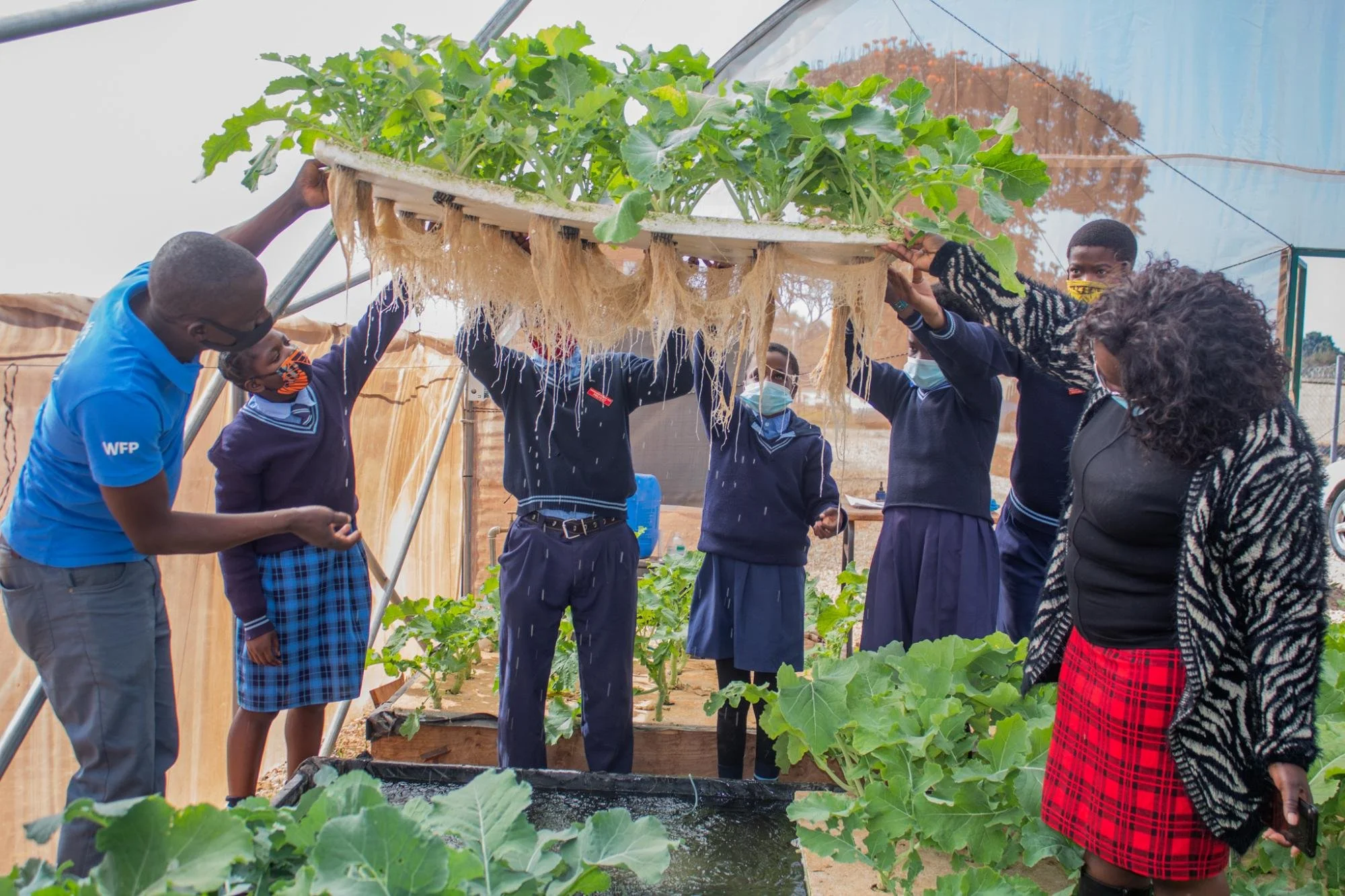Could Soilless Farming Be the Key to Feeding the Future?
The Food and Agriculture Organisation of the United Nations (FAO) estimates that up to 5,000 litres of water are needed to produce a day’s food for one person.
As climate change, conflict, and population growth strain global food resources, agriculture is quietly transforming. The United Nations projects that by 2050, the populations of at least 26 African countries will be at least double their current size. Yet across the continent, food security remains perilous.
The 2025 Global Report on Food Crises highlights that in Africa, an additional 6.4 million people faced high levels of acute food insecurity in 2024 compared to 2023. This was due to weather extremes, ongoing conflicts, economic shocks, and a dramatic reduction in humanitarian funding.
The report issues stark warnings for the future but also suggests that innovation is one way to tackle this emergency, not only in Africa but globally. One such innovation is hydroponics.
What is hydroponics – and why does it matter?
Hydroponics involves growing plants in a soilless, nutrient-rich water-based solution. It uses inert matter (materials that don’t affect or chemically change the growing process) to support roots, like peat moss and charcoal. This fully water-based system can cultivate a range of plants, from vegetables to herbs.
Plants grow in a nutrient-rich water-based solution instead of soil.
Advantages of hydroponics
According to studies in Bioinformation and the International Journal of Current Microbiology and Applied Sciences, using hydroponics instead of soil for growing plants has many advantages, including:
Using 90% less water than conventional farming.
Being less labour intensive, as it doesn’t require ploughing, weeding, soil fertilisation, and crop rotation.
It lends itself well to vertical farming. Hydroponic gardens require five times less space than soil-based gardens to produce the same yield.
Year-round crop production, as hydroponics doesn’t depend on the weather or seasons.
A more sustainable way of farming, as hydroponics doesn’t cause soil erosion. Nutrient solutions can be recycled, minimising wastage.
Hydroponically grown crops, such as leafy greens and lettuce, produce higher yields than soil-based growing. They also often reach maturity faster due to optimised nutrient delivery.
Role of water purity in hydroponics
According to the University of California, the quality of water used for irrigation in soil-based farming significantly influences plant growth, crop yield, and food safety, and the same is true for nutrient delivery in soilless farming. Since hydroponic plant-growing systems rely entirely on water for nutrient delivery, water quality is even more important.
Factors impacting hydroponic water quality
According to Oklahoma State University, poor-quality water can have a major impact on hydroponic crops. That’s because water quality can affect everything from plants developing poorly and nutrient imbalances to serious health hazards.
Hydroponic gardens require less space than soil-based gardens to produce the same yield.
pH levels
In soil, natural buffers help regulate pH, but in hydroponics this safeguard isn’t there. Water must stay in the optimal 5.5–6.5 range, otherwise nutrient absorption drops and plants are either low in nutrients or struggle to grow.
Electrical Conductivity
Electrical conductivity (EC) measures the concentration of dissolved salts (nutrients) in water. It’s checked by using a simple device called an EC meter, and readings should be between 1.5 and 2.5 mS/cm.
If the EC is too high, osmotic stress occurs, making it harder for roots to absorb water and leading to stunted growth. If it’s too low, plants will lack certain nutrients and won’t develop properly.
Alkalinity
Alkalinity controls how stable water pH is. Too high and nutrients like iron and manganese become unavailable; too low and pH fluctuates, stressing plants. Reverse osmosis can help correct this.
Contaminants
Improperly treated water can be contaminated by pathogens and microbes, heavy metals, and toxic chemicals – all posing serious health and environmental risks.
The International Journal of Research in Agronomy highlights that 80% of the world’s wastewater is not properly treated, with 1.8 billion people exposed to water-borne diseases such as typhoid, cholera, and dysentery. These contaminants are also linked to developmental disorders, cancer, and antibiotic resistance.
Hydroponics – a tool for resilience, food security, and future farming
<Credit> H2Grow WFP Innovation WFP’s H2Grow program has scaled hydroponics in refugee camps and conflict-affected areas.
As the global population continues to surge, the pressure on food systems and water sources is intensifying. Traditional agriculture, heavily dependent on fertile soil and abundant water, is increasingly constrained by climate change, land degradation, and resource scarcity.
However, hydroponics offers a transformative solution for regions where conventional farming is no longer viable, such as resource-scarce and post-conflict-affected areas.
The Navajo Nation is classified as a ‘food desert’ by the United States Department of Agriculture and has the highest food insecurity rate in the U.S. Hydroponic workshops have been introduced by Nurturing Plants to provide fresh produce where traditional farming has failed.
The result: An increase in fresh fruit and vegetable consumption in households, access to healthier foods, and increasing awareness about climate change and sustainable food production.
In Sudan’s Darfur region, years of conflict displaced thousands of families into camps like Belial, home to over 28,000 people. Traditional farming was impossible, so the World Food Program introduced a hydroponics project that allows residents, mostly women, to grow animal fodder without soil and with minimal water.
The result: Livestock health and milk quality improved, well-fed goats could be sold for better market prices, and women didn’t need to leave the camp to collect fodder, lowering their exposure to violence.
WFP’s H2Grow program has scaled hydroponics in refugee camps and conflict-affected areas across Africa and the Middle East.
The result: Up to 90% less water and 75% less space used than traditional farming, as well as faster crop-growth cycles.
Future food security for all
Clean water is non-negotiable for any hydroponic set-up. Operating in some of the world’s most challenging environments, Chelsea Water delivers water purification and supply solutions that ensure hydroponic systems have access to clean water, including rapidly deployable and mobile solutions from hand-held to trailer-mounted plants, as well as custom containerised designs for large-scale projects ideal for industrial, agricultural, and municipal applications.
Contact us so we can help you make soilless farming possible – and help ensure future food security for all.



